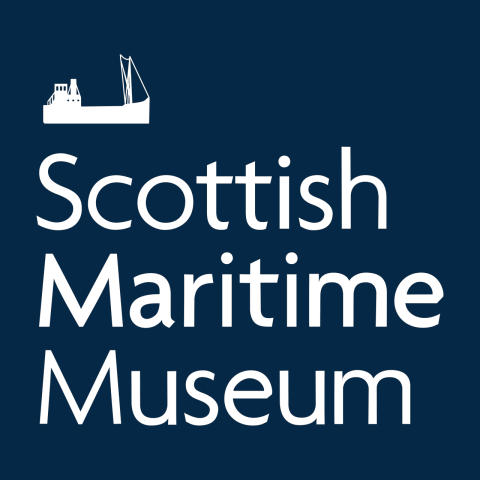
The Scottish Maritime Museum holds Scotland’s maritime collection with emphasis on shipbuilding. Spread across two sites, in Irvine and Dumbarton, the Museum holds significant collections of vessels, art, photographs, machine tools and archives.
The Museum’s main site is in Irvine in the magnificent A-Listed 1872 engine shop of shipbuilders Stephens of Linthouse, which was dismantled in Glasgow and rebuilt in Irvine in 1991.
The Museum’s second site is the Denny Ship Model Experiment Tank – built in 1883 this is the world’s oldest commercial testing tank, with a water tank 100 metres long used for testing ship models.
About the Museum
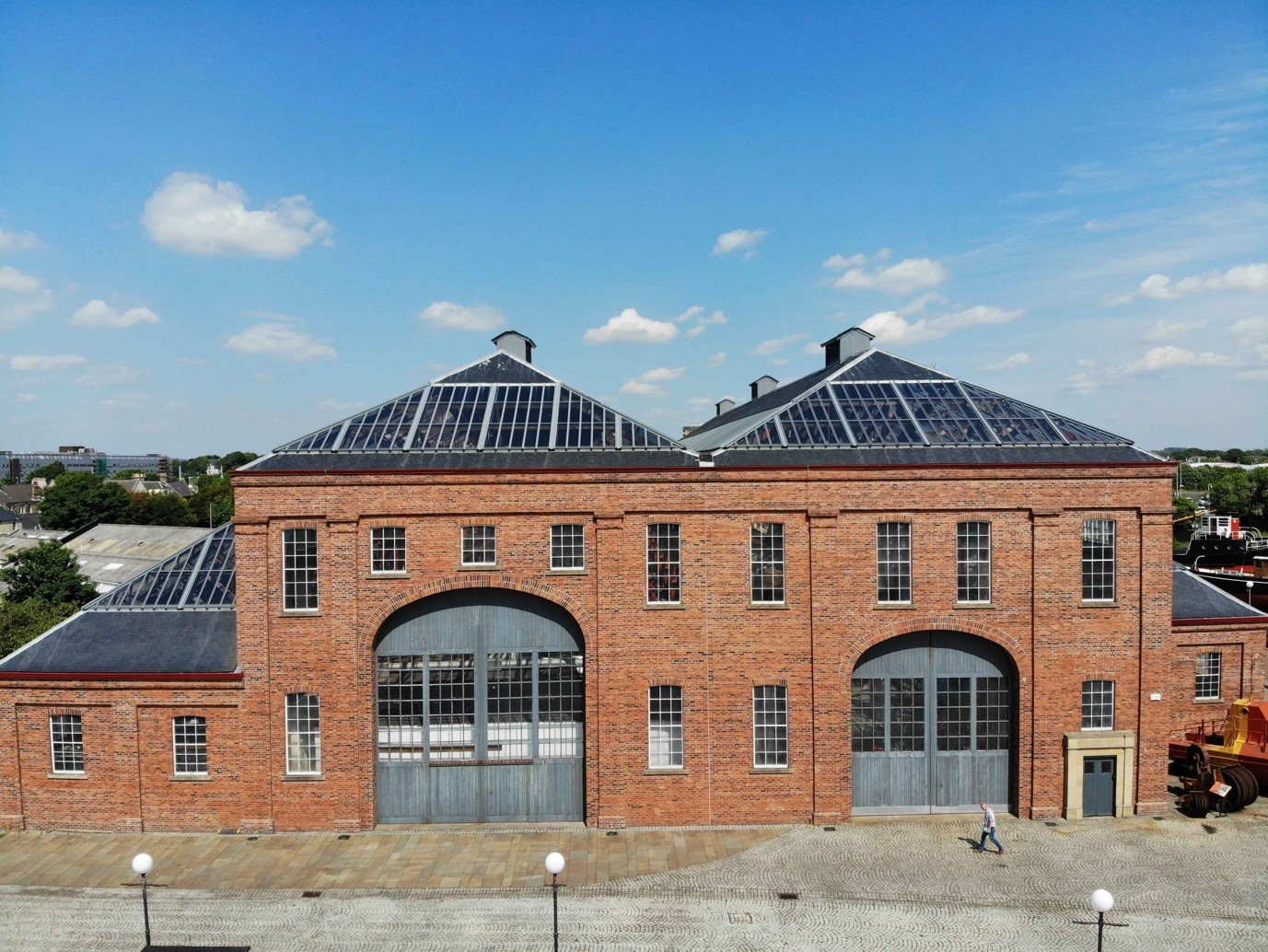
The museum began life as the West of Scotland Boat Museum Association in Irvine the early 1980s, during which time it acquired the puffer Spartan, a rare survivor. At the same time the rapid shut-down of Clyde industries, including shipyards, meant that the fledgling museum was in the perfect position to acquire some of the machinery and tools used to make Clyde ships, saving them from the scrapheap.
In the late 1980s the Stephens of Linthouse shipyard in Govan was being cleared, and the old engine shop was earmarked for demolition. The West of Scotland Boat Museum, now the Scottish Maritime Museum, worked with funders and partners to dismantle the rare survivor and rebuild it in Irvine. Completed in 1991, the building now houses the majority of the Museum’s collections.
In the 1990s the Scottish Maritime Museum took on the management of the Denny Ship Model Testing Tank, the last surviving building of the former Denny Shipyard.
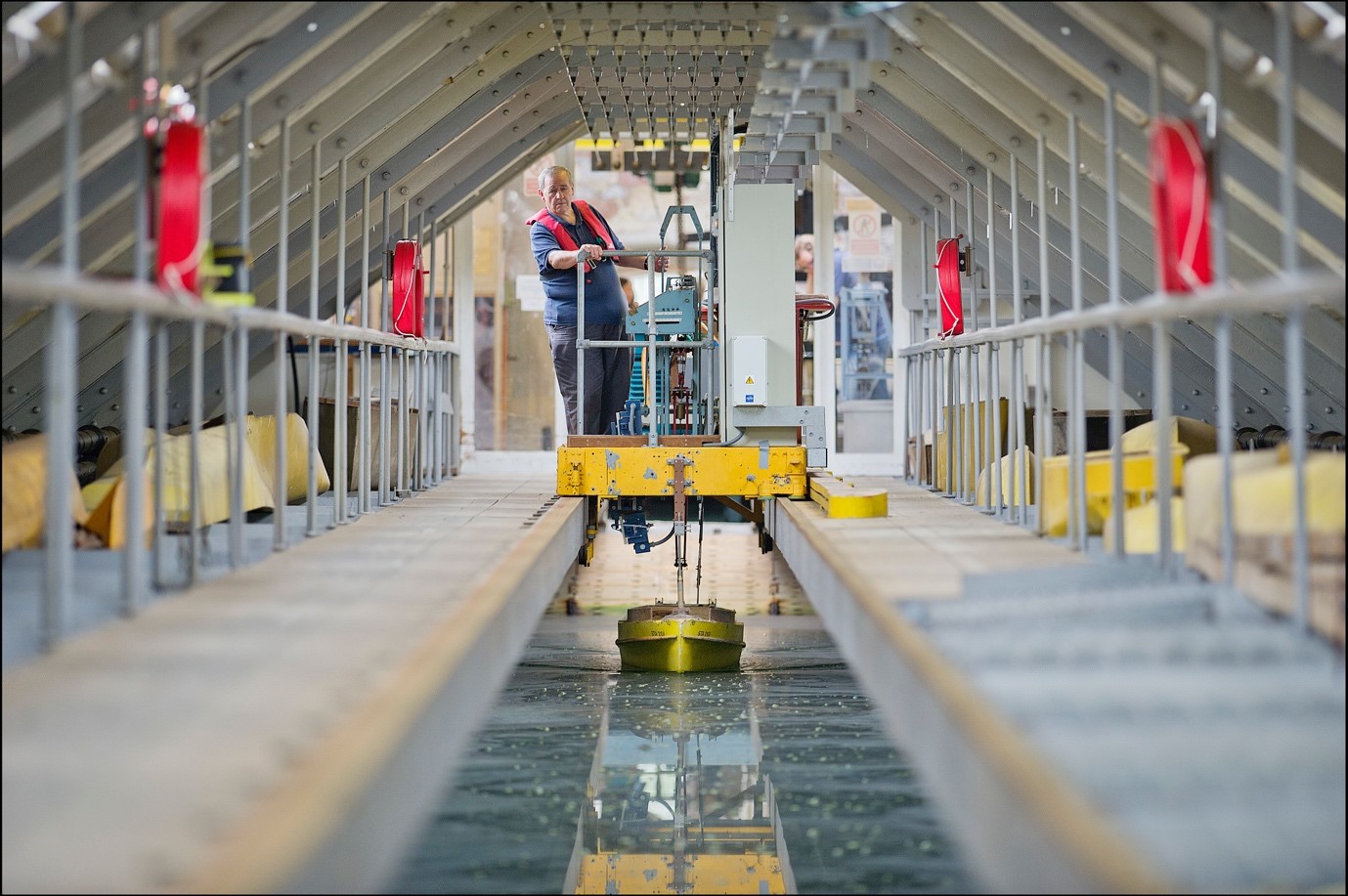
The Museum is still run as an independent charitable trust with the help of enthusiastic volunteers and is now acknowledged as one of Scotland's national industrial museums, with its collections formally recognised as being of national significance.
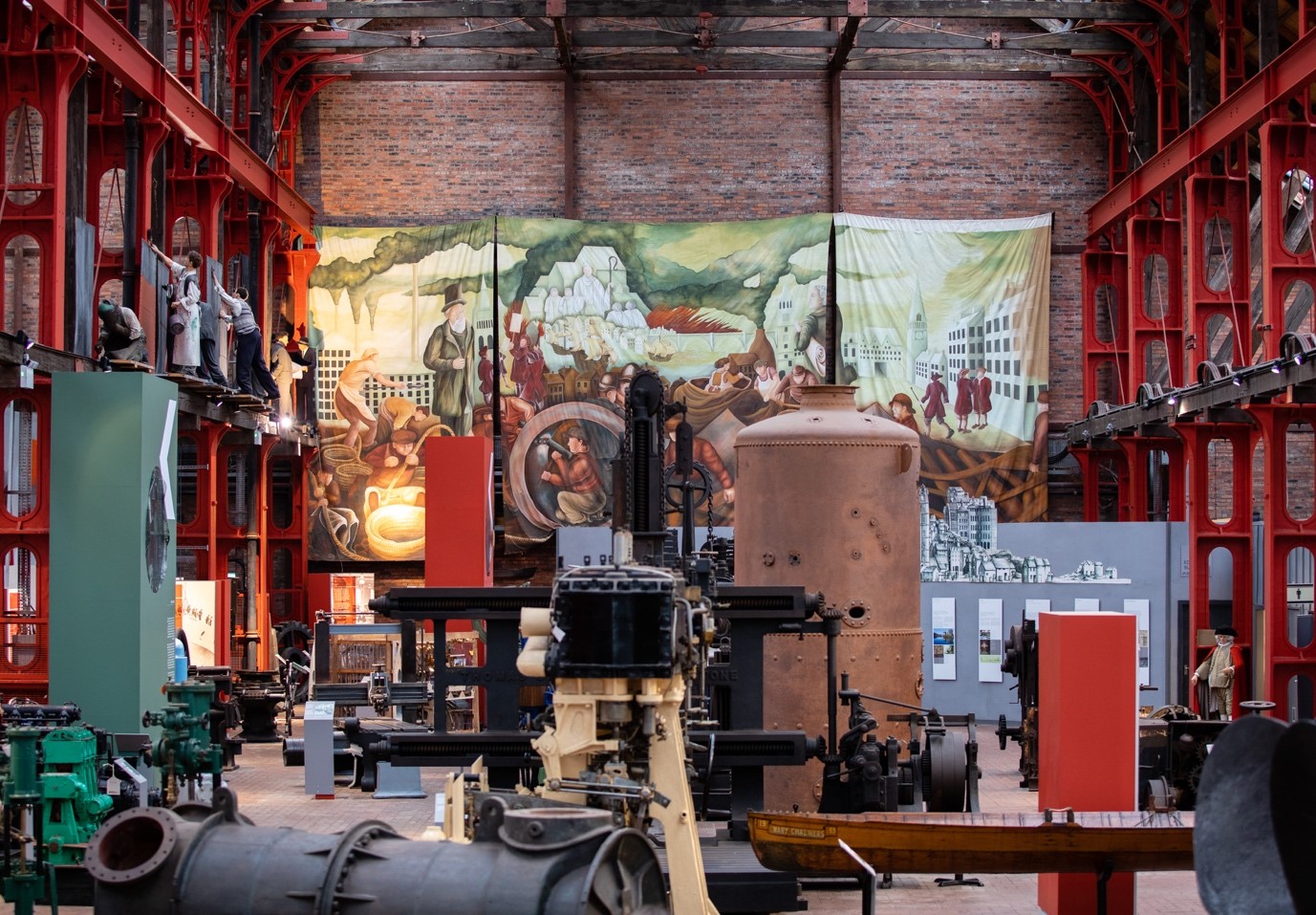
The Museum's aim is to tell the story of Scotland and Scots' relationship with the seas, coasts and waters, to preserve shipbuilding’s industrial heritage, and to share that history with Scots and the wider world.
Vessels of National Significance
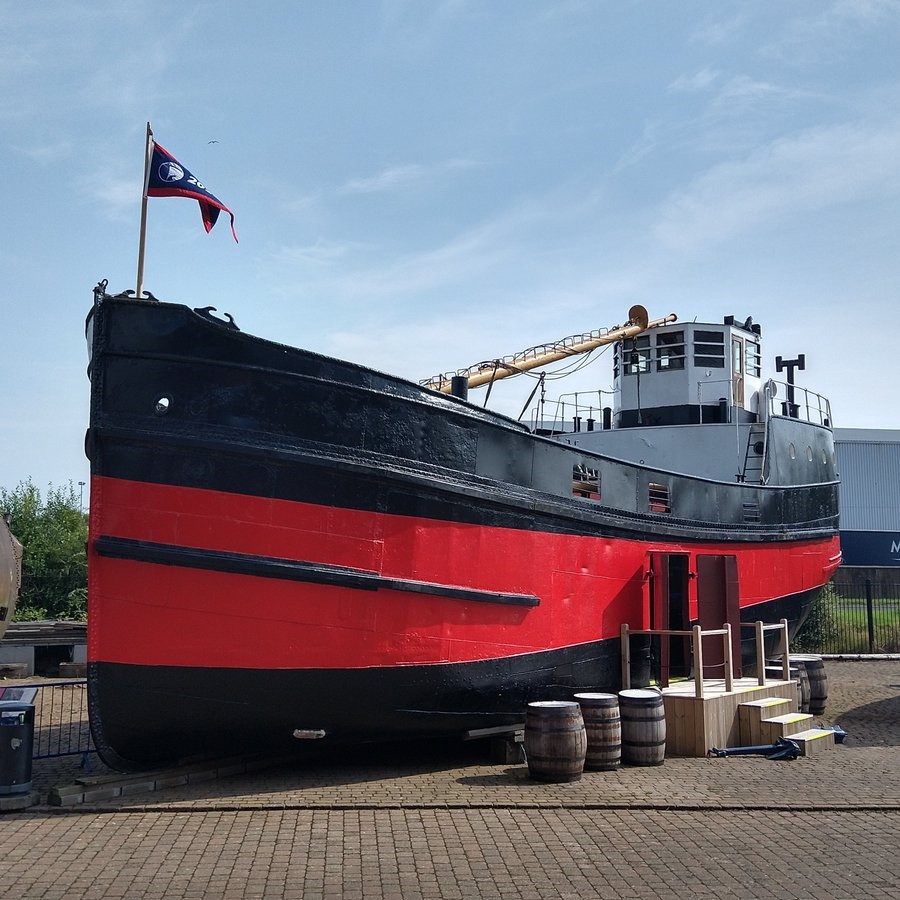
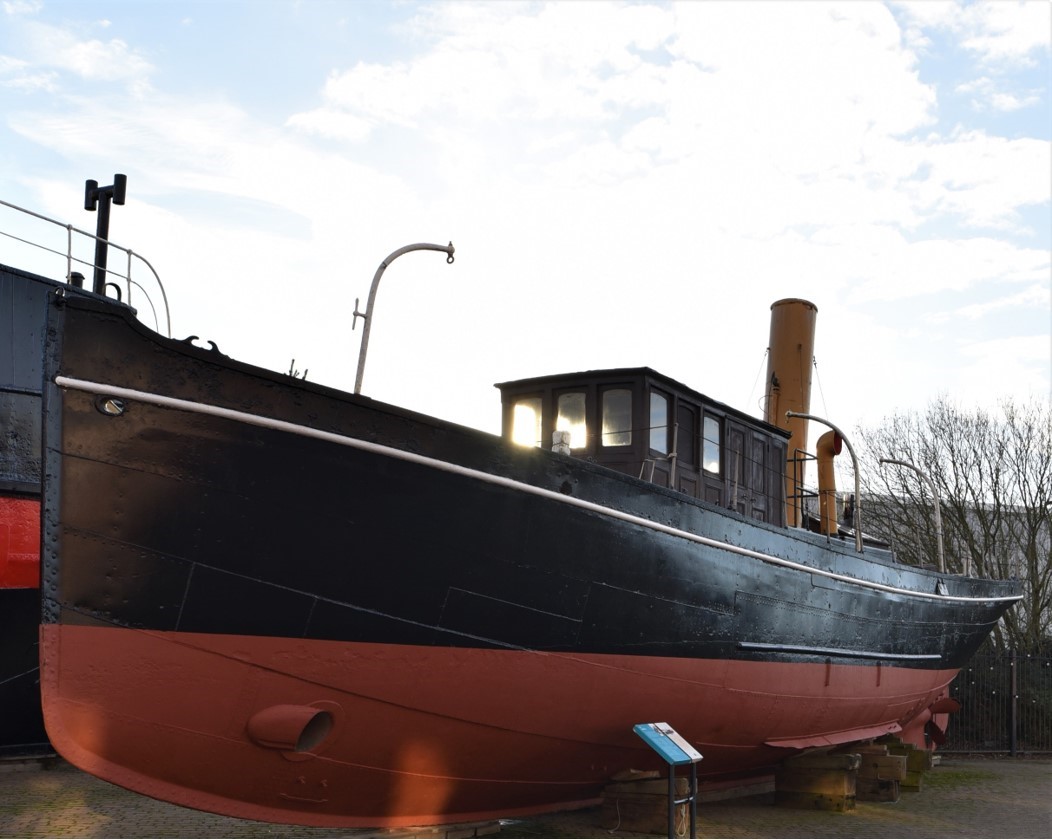
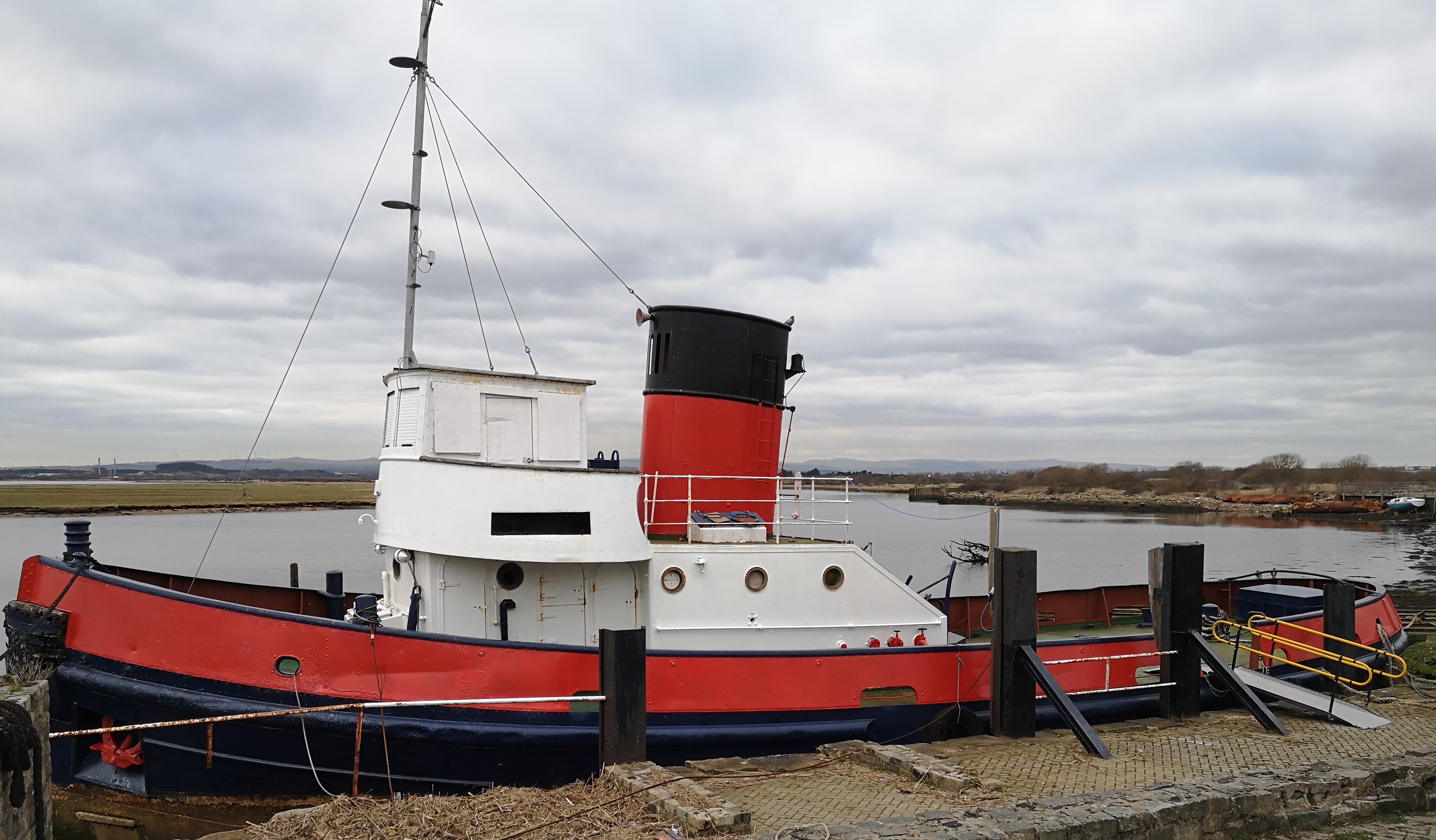
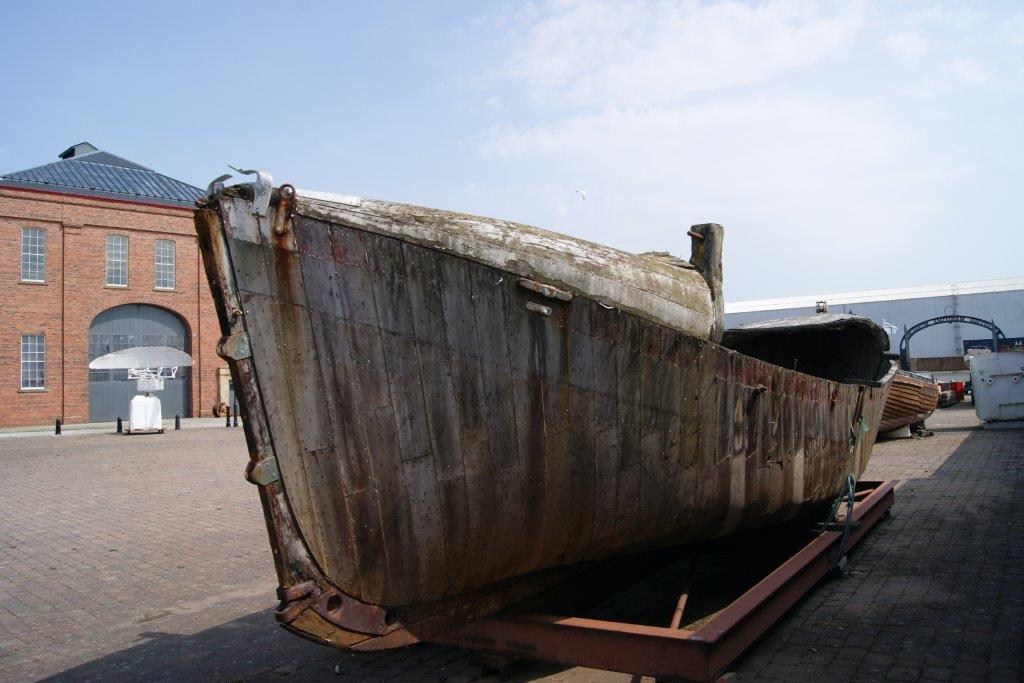
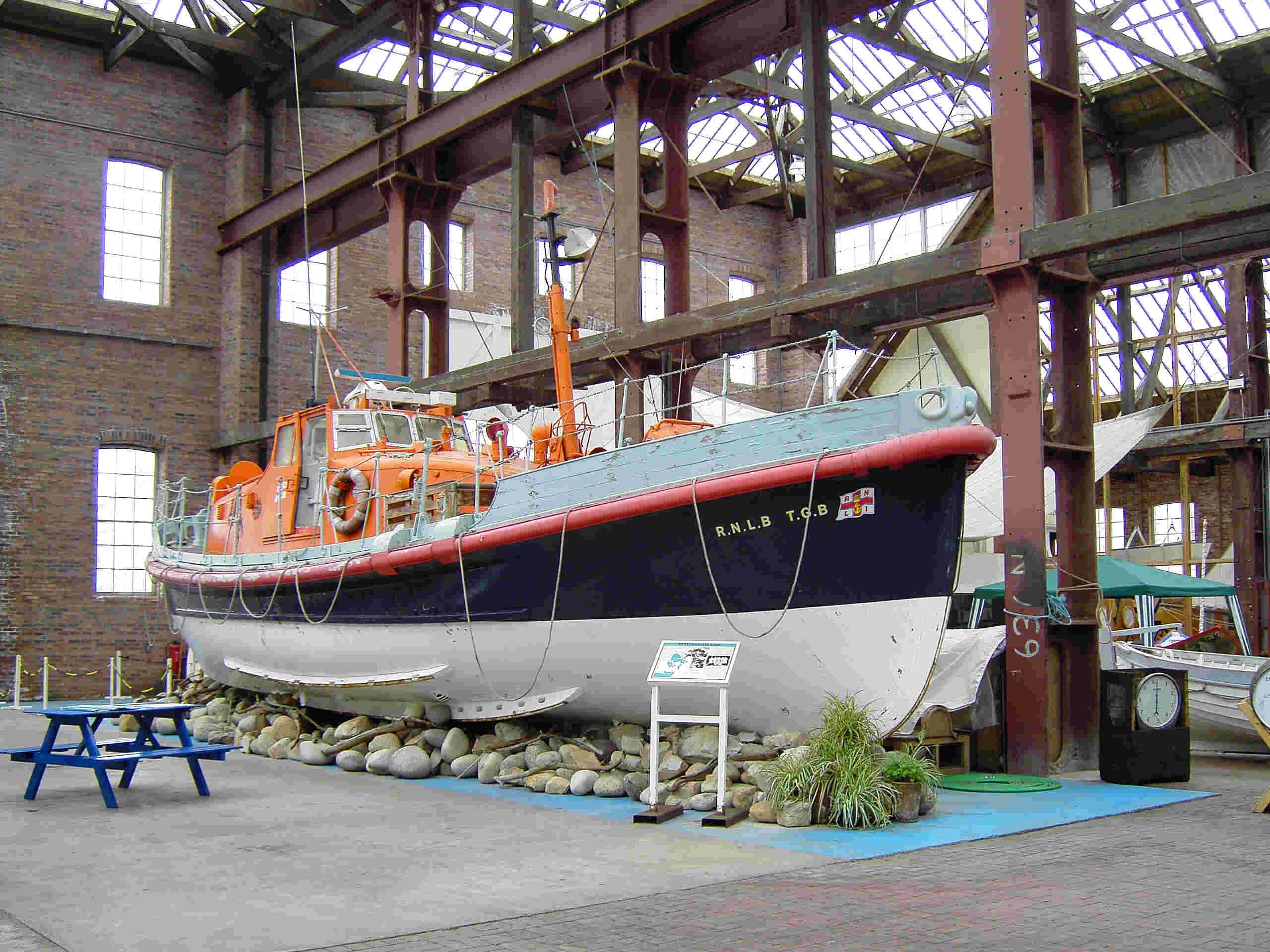
The puffer Spartan (the oldest surviving Clyde-built puffer), steam yacht Carola, and coaster Kyles (the oldest surviving floating Clyde-built vessel) are members of the National Historic Fleet, and life boat Jane Anne and motor vessel Garnock are registered historic vessels, as is RNLB TGB, on loan from the RNLI to the museum since 1986.
Scanning the Horizons project - exploring the collections in 3D
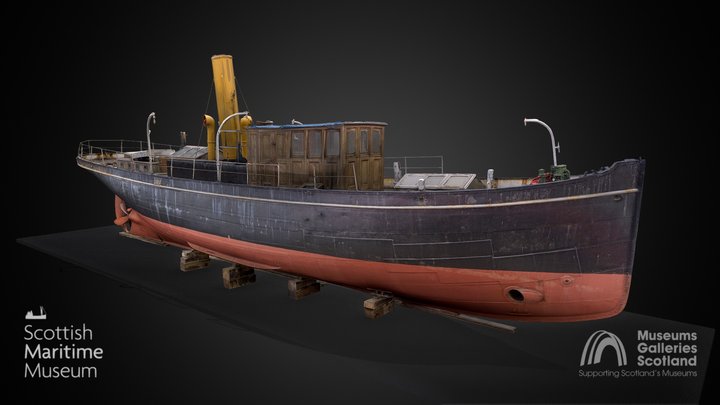
In 2018 Scottish Maritime Museum began a programme of 3D digitisation of its collection. By using 3D technology, they are bringing their collection closer to the public, engaging audiences from all around the world to explore it digitally.
Have a look at their online 3D gallery and learn about their collection! As part of their 'Scanning the Horizon' project, you can now enjoy Virtual Tours of their vessels from the comfort of your own home! Move between panoramas to explore different sections of MV Spartan and SY Carola and gain access to areas usually 'off-limits'.
Scottish Boatbuilding School
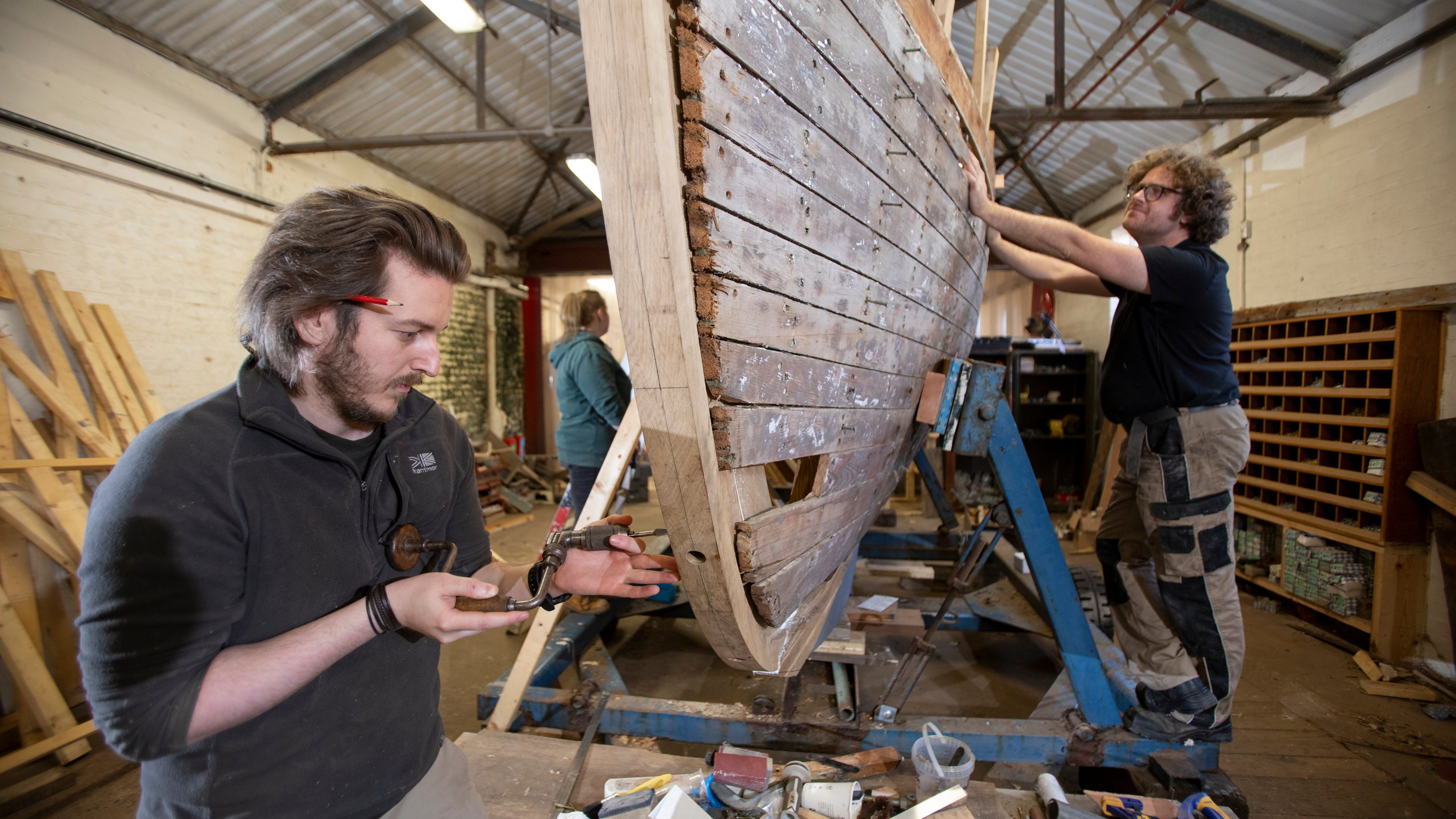
The Museum established the Scottish Boat Building School in 2014 to provide education and qualification in both traditional and modern boat building and repair.
Working with the local community, including young offenders, long-term unemployed, and general volunteers, the school gives its volunteers transferable skills that can lead to jobs for its trainees and, through its commercial boat-building and repair arm, another source of income for the Museum.
Latest News
May 2025 New 10-week Introduction to Woodworking and Boatbuilding course opens at the Musuem Read more
February 2025 New exhibition opening 22nd February: Crafting Elegance: The Golden Age of Scottish Yacht Design Full story
February 2025 Director of the Scottish Maritime Museum to Retire Full story
August 2024 Scottish Maritime Museum celebrates the Golden Age of steamboats and ‘Going Doon the Watter’ in new exhibition. Full story
Find out more:
www.scottishmaritimemuseum.org
Follow them on social media:




